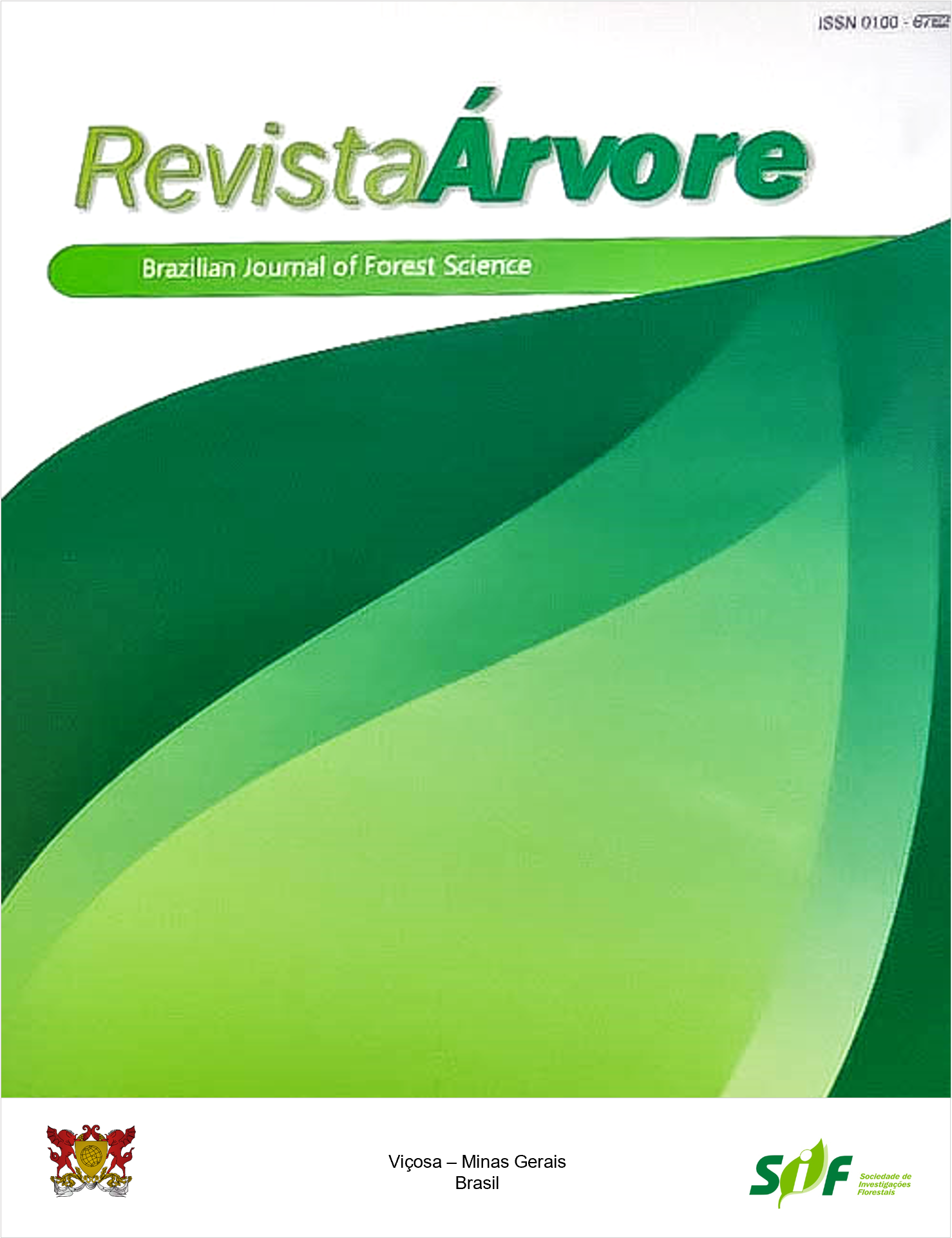DEGREE OF INFESTATION AND PREFERENCES OF HEMIPARASITES IN URBAN ARBORIZATION
Keywords:
Mistletoe, Loranthaceae, Urban VegetationAbstract
Mistletoe is an important nutritional resource for the frugivorous ornithological fauna in several ecosystems. However, in great intensity, they can reduce the vigor of their host trees, requiring adequate management in urban afforestation, without depleting this source of food for birds. The hypothesis that there are hemiparasites with host specificity was the reason for this study. Thus, a floristic census of the trees was carried out at UFMT, campus Cuiabá; the infestation by genus of hemiparasite present was recorded, in quantity and degree of infestation, in addition to the quantification of seeds of the hemiparasite germinated without the development of the vegetative part, whose cotyledons necrotized and died. A total of 4265 tree individuals were evaluated, distributed in 46 families, in which 16,52% were identified of the genera Phoradendron, Psittacanthus, and Struthanthus, of which about 90,0% were Psittacanthus. The highest infestation occurred in 24 families, highlighting Fabaceae (28,3%) and Combretaceae (25,6%), and the species Terminalia catappa, Anadenanthera peregrina, and Vatairea macrocarpa. The presence of germinated seeds of the hemiparasite with dead cotyledons varies between tree species and between individuals of the same species. The highlight was in Rutaceae, Arecaceae, and Rubiaceae, and in the species Acrocomia aculeata, Caryocar villosum, and Genipa americana L. that present individuals with natural control potential, even with the presence of frugivorous ornithological fauna and the dispersion of the hemiparasite. In general, the intensity and degree of infestation are low, and there is no infestation in the Caryocaceae, Rutaceae, and Rubiaceae families, highlighting the species Caryocar villosum, Murraya paniculata and Alibertia edulis.
Keywords: Mistletoe; Loranthaceae; Urban Vegetation.
Downloads
Published
How to Cite
Issue
Section
License
All authors agreed to submit the work to Revista Árvore and granted the exclusive license to publish the article. The authors affirm that it is an original work and has not been previously published elsewhere. The scientific content and opinions expressed in the article are the sole responsibility of the authors and reflect their opinions, not necessarily representing the opinions of the editorial board of Revista Árvore or of the Society of Forest Investigations (SIF).




